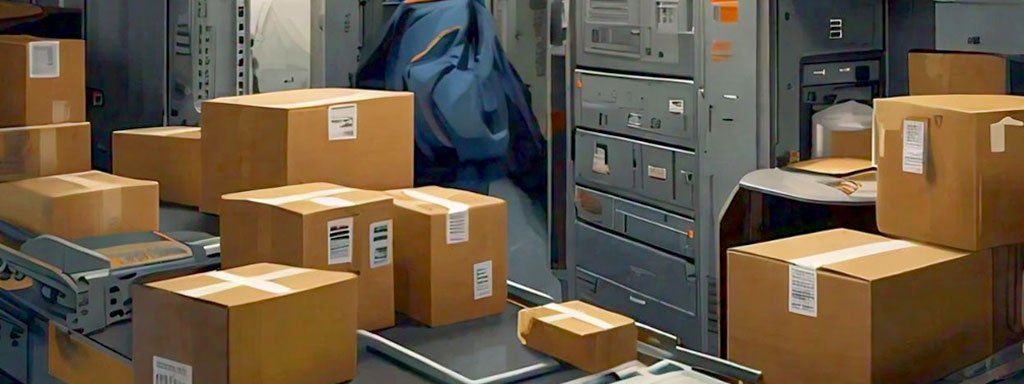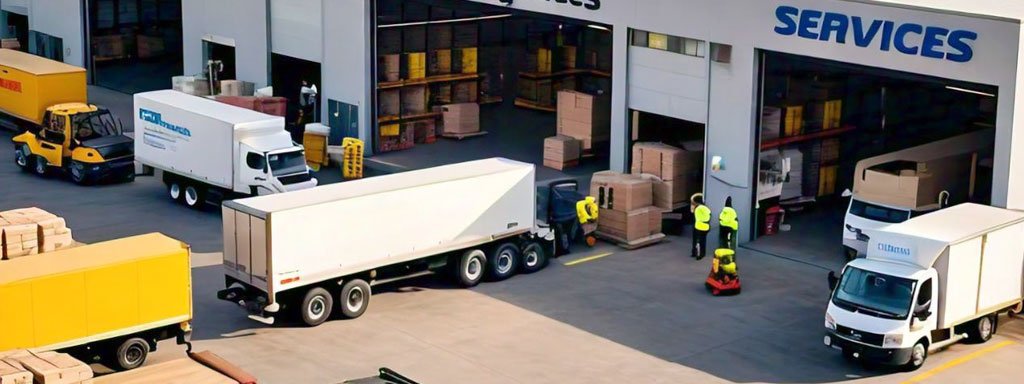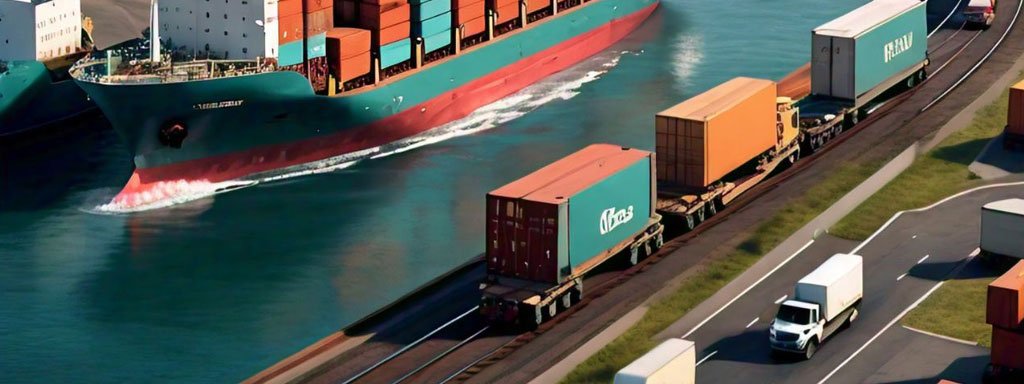The rise of The Intricate Journey of Your Online Order (e-commerce) has revolutionized the way consumers shop, transforming traditional retail into a digital landscape. At the heart of this transformation lies a complex network of operations known as the logistics cycle e-commerce. This intricate process ensures that products seamlessly transition from virtual shopping carts to physical doorsteps. Let’s delve into the steps involved in this journey.
Order Placement and Processing
The e-commerce logistics cycle begins with a simple click. When a customer places an order online, the retailer’s system verifies the order details, including shipping address, payment information, and product availability. This stage is crucial for ensuring accuracy and preventing order errors.
Order Fulfillment
Once an order is verified, the fulfillment process commences. This involves:
- Inventory Management: Real-time tracking of product stock levels is essential to prevent stockouts and backorders. Effective inventory management optimizes storage space and reduces carrying costs.
- Order Picking and Packing: The ordered items are retrieved from the warehouse and prepared for shipment. Accurate and efficient picking and packing operations minimize errors and shipping times.
- Shipping and Transportation: The packaged products are handed over to the chosen carrier for transportation. The choice of carrier depends on factors such as delivery speed, cost, and geographical coverage.
Last-Mile Delivery
The final leg of the e-commerce logistics cycle is the last-mile delivery. This is often the most challenging and costly part of the process. Key considerations include:
- Carrier Selection: Choosing the right carrier is crucial for on-time deliveries and customer satisfaction. Factors such as delivery speed, cost, and service area should be evaluated.
- Delivery Options: Offering various delivery options, such as standard, express, and same-day delivery, can enhance customer experience and loyalty.
- Delivery Challenges: Overcoming obstacles like traffic congestion, weather conditions, and incorrect addresses is essential for successful last-mile delivery. Implementing solutions like real-time tracking and delivery notifications can help mitigate these challenges.
Returns and Reverse Logistics
Despite best efforts, returns are inevitable in e-commerce. A well-structured reverse logistics process is essential for handling returned items efficiently. This involves:
- Returns Processing: Customers should have easy access to return labels and instructions. The return process should be streamlined to minimize customer inconvenience.
- Reverse Logistics: Returned items must be inspected, sorted, and either restocked, repaired, or disposed of appropriately.
Conclusion
The e-commerce logistics cycle is a dynamic process that requires careful planning and execution. From order placement to final delivery, each stage presents opportunities for optimization and improvement. Businesses can create a seamless shopping experience and build a strong competitive advantage by prioritizing efficiency, accuracy, and customer satisfaction.
As technology advances, we can expect further innovations in e-commerce logistics, such as the growing use of automation and artificial intelligence to streamline operations and enhance delivery speed.
FAQs
Share This Story, Choose Your Platform!
Contents
Related Posts
Navigate the Complexities of Mastering Logistics: A Deep Dive into Service Types
The Invisible Force: How Logistics Keeps the World Running
Demystifying Logistics: A Beginner’s Guide to Supply Chain Efficiency
Land Logistics: Boost Efficiency & Growth




